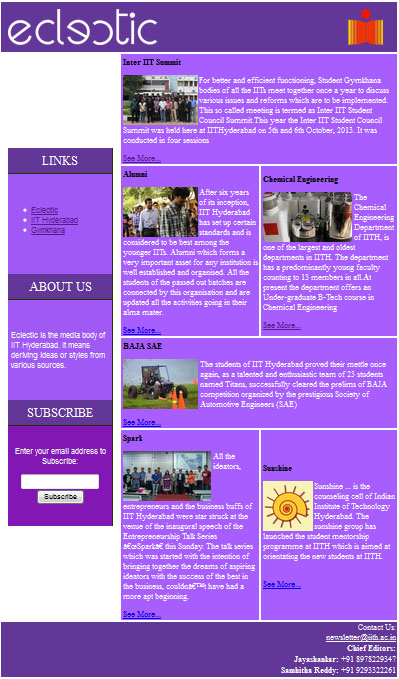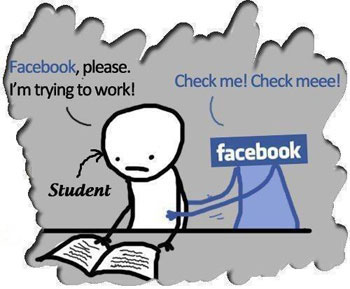The forces of technology and globalization transformed sectors such as media and communications or banking and finance over the last two decades, these forces may now transform higher education. The solid classical buildings of great universities may look permanent but the storms of change now threaten them.A new breed of learning providers is emerging that emphasize learning by practice and mentorship.
With keen retrospection and concern that three credit hour systems has outlived its utility IIT Hyderabad has come up with a novel program titled FRACTAL ACADEMIC PROGRAMME for electrical engineering students. The very name of the system goes in hand with many walks of science and life, for example fractal images,fractal architecture, fractionation of food etc.
The philosophy behind the proposed system is to foster undergraduate research and development and encourage interdisciplinary research with an enhanced flexibility. The system targets on better and early exposure to course details and basic tools like Matlab, spice, AutoCad etc. this slow track programme can draw benefit from the large pool of technical and non technical courses on offer. The course offers a T-PROGRAMME…breadth and depth’ with a notion to increase creativity which would itself enhance lateral thinking for example a course in painting can develop insights into a course in image processing or computer graphics the T-program is laid on with one credit and two credit hours as its building blocks for breadth and depth.
One credit courses helps interdisciplinary education and improves breadth since it is open to all students.It allows students to better tailor their course work and choose across departments. It serves as a large basket of non-technical Courses (LA-liberal Arts, CA-creative Arts)and such an exposure is believed to increase preparedness for research.The two credit are has its own edge as it deals in-depth coverage of course topics and bridges gulf between theory and practice. One of the highlights of the proposed system is that the faculty can be easily modularized into one credit courses rather than full three credit courses,this flexibility allows incorporation of cutting edge research into curriculum.
The proposed system includes percentage waitage for various courses in the following way.EEcore depth-25%,EEcore breadth-23%,project-14%,science-12%,liberal arts and creative arts-12%,engineering-8%,free electives-6%. But the existing distribution is EEcore depth-13%,EEcore breadth-43%,project-2%,science-19%,liberal arts and creative arts-10%,engineering-7%,free electives-6%. The advantages are exploited in exposure to courses right from first semester and an emphasis laid on breadth courses.A balance is sought between technical and non technical courses to reduce stress when students enter IITH. The curriculum potentially prepares students for internship right after first year.
Although system fosters creativity,it is difficult to find instructors for non-technical courses .better exposure to large number of courses faces a challenge of timetabling and management. Declined focus due to enhanced flexibility and adverse affects of slow track programme on placementsrose as points of major concern.
To access the document, Click Here


